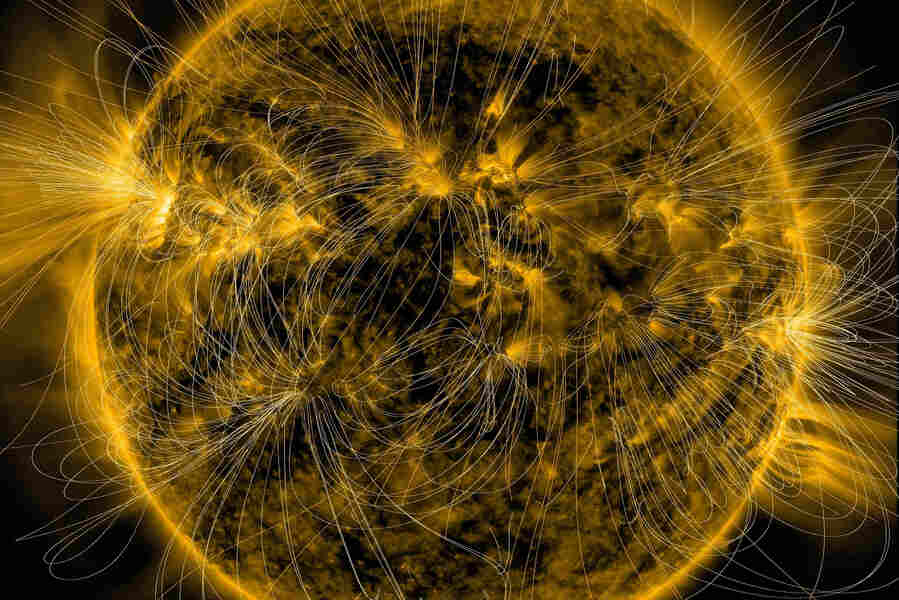THE LATEST
Sunspots, flares may be caused by a shallow magnetic field, aiding space weather prediction

The sun is an ever-evolving entity, with its magnetic field being a crucial aspect of its composition. Understanding how this field originates and operates could lead to better predictions of space weather, as well as significant advancements in space technology. Fortunately, scientists have made a stunning breakthrough in this field. Their research suggests that the origin of the sun's magnetic field could be much closer to the surface than previously believed.
What makes this discovery so significant? Well, it could help scientists develop more accurate models and predictions for space weather, which can have damaging effects on technology and communication systems. For example, solar flares and geomagnetic storms can disrupt satellite networks, power grids, and GPS systems.
The team used the Dedalus Project, a numerical framework that allows for high-precision simulations, to study the magnetic field's characteristics in the sun. By analyzing changes in the flow of plasma, or ionized gas, within the top five to ten percent of the sun's surface, they were able to simulate realistic magnetic field patterns. This discovery challenges the idea that the sun's magnetic field is generated deep within the star. Instead, the team found that it could arise from shallower instabilities within the sun's outer layers.
Perhaps most impressively, the team's findings were made possible through the use of NASA's supercomputer facilities. Scientists were able to run simulations that required millions of hours on these state-of-the-art machines. This technological advancement allowed for precise analysis of even the most complex solar phenomena, ultimately leading to a breakthrough in understanding the sun's magnetic field.
This new research highlights the importance of diverse perspectives in scientific discovery. Through access to supercomputing, we can uncover new truths about our world. The team's discovery challenges previous assumptions about the sun's magnetic field and opens up exciting opportunities for further research.
This breakthrough in our understanding of the sun's magnetic field is more than just an exciting scientific discovery; it's a step forward in our ability to predict and prevent space weather's destructive impacts on our technology. As we continue to explore our universe and push the boundaries of scientific knowledge, we must always be willing to challenge conventional wisdom and embrace new perspectives.

 How to resolve AdBlock issue?
How to resolve AdBlock issue?